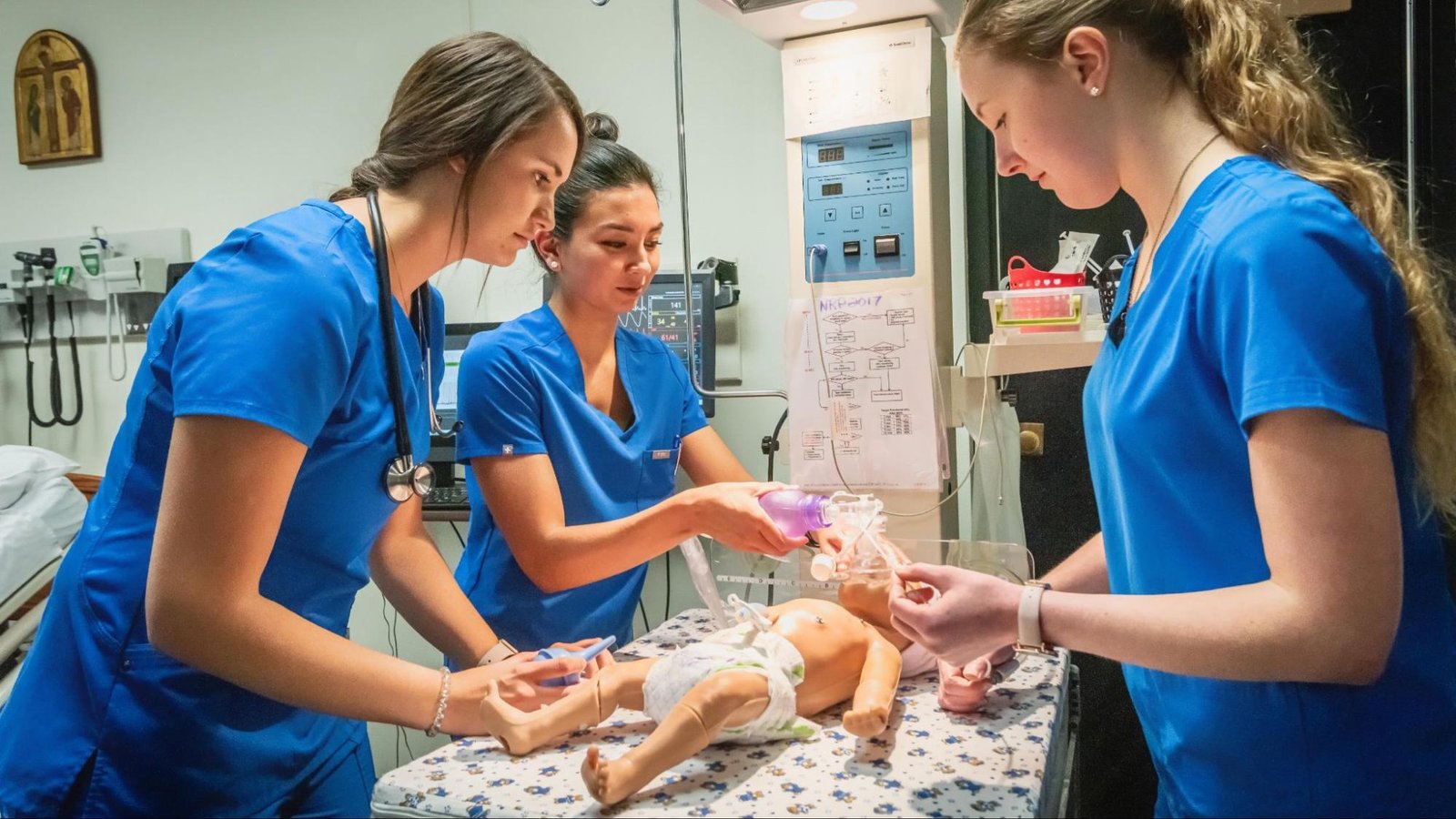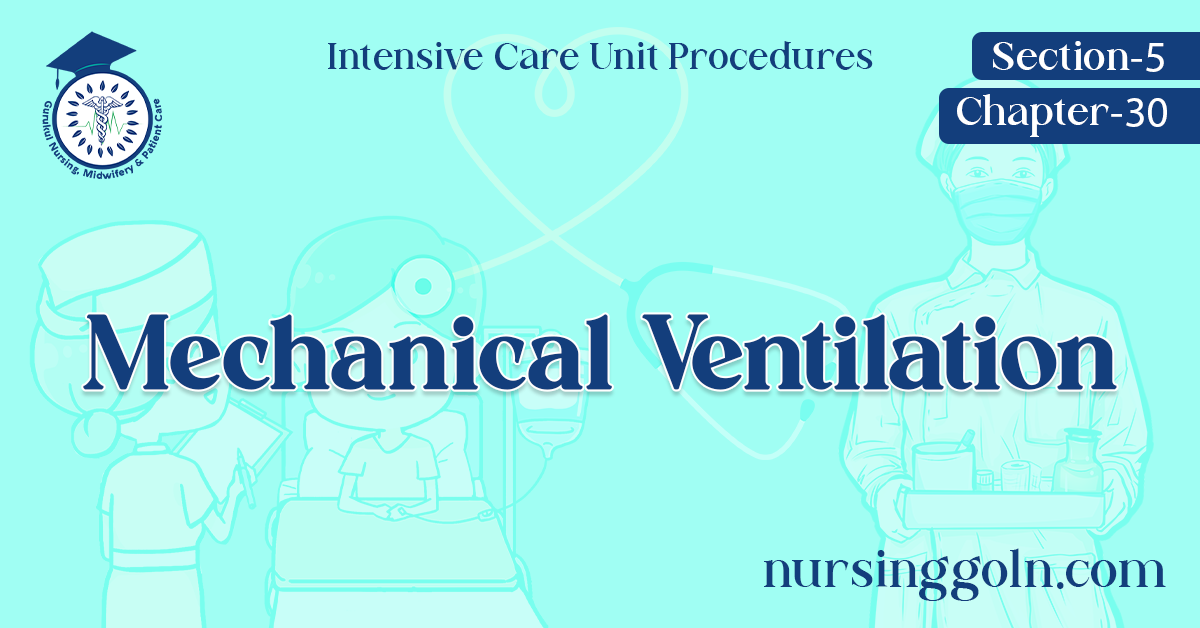Today our topic of discussion is Mechanical Ventilation.
Mechanical Ventilation

MECHANICAL VENTILATION
Mechanical ventilation has been used for decades to support the respiratory function of patients with various degrees of respiratory distress of failure. Patients who have weak or absent spontaneous respirations usually require mechanical support to assist in ventilation and oxygenation.
Because the ventilator is integral life support equipment in the critical care, it is important for the practitioner to know the basic concepts and applications of mechanical ventilation.
History of ventilator: The history of artificial ventilation dates back to biblical times where Elisha restored the life of a young boy by supporting respiratory function artificially. Paracelsus in sixteenth century placed a tube in the mouth of a patient and used a fire place bellows to inflate lungs.

Successful techniques for artificial ventilation were first developed in 1920s for the administration of anesthetic gases, Endotracheal intubation made the use of ventilator easier. Negative pressure ventilator gained popularity for the use of polio victims.
Use of positive pressure ventilation during Scandinavian polio epidemic of 1950s showed that survival rate was better. From 1955 era of modern pressure ventilator started. Mechanical ventilators have come a long way since the days of iron lung machine.
Most modem ventilators are capable of carrying out all functions and they are the result of a modification of basic techniques and modalities rather than new ideas.
Definition
Mechanical ventilation is a device that inflates the lungs by positive pressure which is able to carry out alveolar ventilation and maintain lung mechanics.

Purpose
- To establish and maintain effective ventilation
- To prevent complications associated with artificial ventilation
- To ensure position and patency of endotracheal and tracheostomy tube
- To clear and remove secretions from airway.
Read more:
